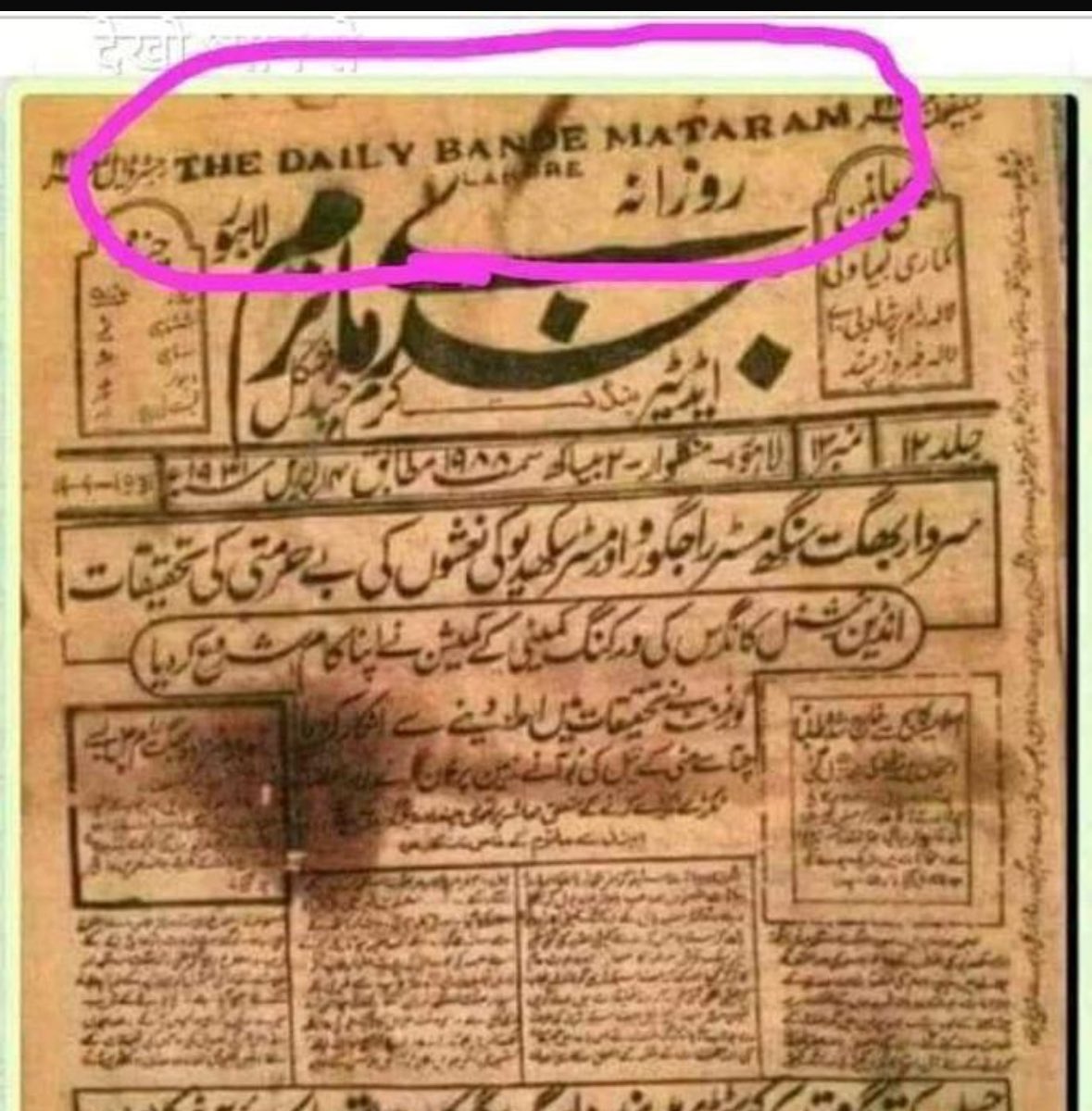Major Episodes of Violence Against Hindus in the Last 500 Years
🔱 India
• 1565 – Fall of Vijayanagara: City looted & destroyed; 50,000+ killed, temples burned.
• 1560–1812 – Goa Inquisition: ~16,000 tried; 57 executed, 64 burned in effigy, thousands imprisoned or forced to convert.
• 17th c. – Aurangzeb’s reign: Targeted temple demolitions & executions of resisting Hindu leaders; thousands killed in Mathura, Banaras, Kashmir.
• 1670s–1710s – Kashmir Pandits: Hundreds executed for resisting forced conversion; mass exodus south.
• 1739 – Nadir Shah’s sack of Delhi: 20,000–30,000 civilians killed, many Hindus.
• 1990 – Kashmir Pandit Exodus: Over 300000 Pandits fled the Valley due to threats, killings, and forced displacement; dozens confirmed killed.
• 1947 – Partition: Across Punjab & Bengal, 200,000–500,000 Hindus killed, millions displaced.
🔱 India
• 1565 – Fall of Vijayanagara: City looted & destroyed; 50,000+ killed, temples burned.
• 1560–1812 – Goa Inquisition: ~16,000 tried; 57 executed, 64 burned in effigy, thousands imprisoned or forced to convert.
• 17th c. – Aurangzeb’s reign: Targeted temple demolitions & executions of resisting Hindu leaders; thousands killed in Mathura, Banaras, Kashmir.
• 1670s–1710s – Kashmir Pandits: Hundreds executed for resisting forced conversion; mass exodus south.
• 1739 – Nadir Shah’s sack of Delhi: 20,000–30,000 civilians killed, many Hindus.
• 1990 – Kashmir Pandit Exodus: Over 300000 Pandits fled the Valley due to threats, killings, and forced displacement; dozens confirmed killed.
• 1947 – Partition: Across Punjab & Bengal, 200,000–500,000 Hindus killed, millions displaced.
Southeast Asia
• 15th–17th c. – Java & Sumatra: Hindu-Buddhist kingdoms toppled by Islamic sultanates; thousands of elites & priests killed.
• Bali (16th–19th c.): Repeated massacres during Javanese & colonial campaigns; tens of thousands killed.
• Philippines (Mindanao, 16th c.): Hindu communities absorbed or killed during Islamic expansion (numbers unknown).
• 15th–17th c. – Java & Sumatra: Hindu-Buddhist kingdoms toppled by Islamic sultanates; thousands of elites & priests killed.
• Bali (16th–19th c.): Repeated massacres during Javanese & colonial campaigns; tens of thousands killed.
• Philippines (Mindanao, 16th c.): Hindu communities absorbed or killed during Islamic expansion (numbers unknown).
Afghanistan
• 18th–19th c.: Hindu traders and minorities targeted under Ahmad Shah Durrani & successors; hundreds killed in Kabul, Kandahar, Ghazni.
• 18th–19th c.: Hindu traders and minorities targeted under Ahmad Shah Durrani & successors; hundreds killed in Kabul, Kandahar, Ghazni.
Sri Lanka
• Colonial & pre-colonial conflicts: Tamil Hindus suffered massacres during Portuguese/Dutch campaigns; exact fatalities unclear.
• Colonial & pre-colonial conflicts: Tamil Hindus suffered massacres during Portuguese/Dutch campaigns; exact fatalities unclear.
Central Asia (Uzbekistan, Bukhara, Samarkand)
• 17th–19th c.: Hindu traders massacred in local uprisings; numbers small but significant for minority communities.
• 17th–19th c.: Hindu traders massacred in local uprisings; numbers small but significant for minority communities.
Africa (East Africa & Indian Ocean)
• 18th–19th c.: Hindu merchants in Zanzibar, Comoros, Madagascar targeted during local uprisings; dozens to hundreds killed.
• 18th–19th c.: Hindu merchants in Zanzibar, Comoros, Madagascar targeted during local uprisings; dozens to hundreds killed.
North America & Caribbean
• 19th c. indentured Hindu laborers (Caribbean, Fiji, Mauritius): Brutal exploitation, some killed in plantation uprisings; numbers small but notable.
• 19th c. indentured Hindu laborers (Caribbean, Fiji, Mauritius): Brutal exploitation, some killed in plantation uprisings; numbers small but notable.
Over the last 500 years, Hindus faced:
• State-backed massacres & temple destruction (Vijayanagara, Aurangzeb, Nadir Shah, Goa Inquisition)
• Forced conversions & exile (Kashmir, Afghanistan)
• Partition violence (1947) with hundreds of thousands killed
• Late 20th c. targeted displacement (Kashmiri Pandits, 1990)
• Colonial & minority-targeted killings abroad
Hindu civilization endured and rebuilt, preserving its traditions across centuries.
• State-backed massacres & temple destruction (Vijayanagara, Aurangzeb, Nadir Shah, Goa Inquisition)
• Forced conversions & exile (Kashmir, Afghanistan)
• Partition violence (1947) with hundreds of thousands killed
• Late 20th c. targeted displacement (Kashmiri Pandits, 1990)
• Colonial & minority-targeted killings abroad
Hindu civilization endured and rebuilt, preserving its traditions across centuries.
• • •
Missing some Tweet in this thread? You can try to
force a refresh





